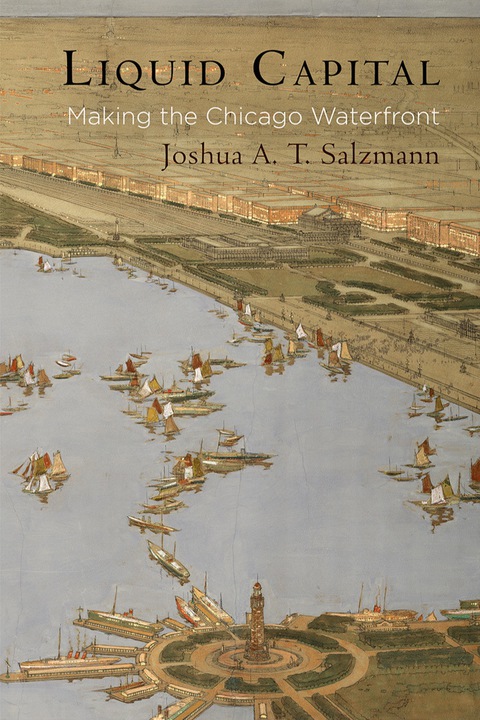Liquid Capital Making the Chicago Waterfront Ebook (miebook.shop)
$25.00
Joshua A. T. Salzmann
Liquid Capital
Making the Chicago WaterfrontIn the nineteenth century, politicians transformed a disease-infested bog on the southwestern shore of Lake Michigan into an intensively managed waterscape supporting the life and economy of Chicago, now America’s third-most populous city. In Liquid Capital, Joshua A. T. Salzmann shows how, through a combination of entrepreneurship, civic spirit, and bareknuckle politics, the Chicago waterfront became a hub of economic and cultural activity while also the site of many of the nation’s precendent-setting decisions about public land use and environmental protection. Through the political saga of waterfront development, Salzmann illuminates Chicago’s seemingly paradoxical position as both a paragon of buccaneering capitalism and assertive state power.
The list of actions undertaken by local politicians and boosters to facilitate the waterfront’s success is long: officials reversed a river, built a canal to fuse the Great Lakes and Mississippi River watersheds, decorated the lakeshore with parks and monuments, and enacted regulations governing the use of air, land, and water. With these feats of engineering and statecraft, they created a waterscape conducive to commodity exchange, leisure tourism, and class harmony’in sum, an invaluable resource for profit making. Their actions made the city’s growth and the development of its western hinterlands possible. Liquid Capital sheds light on these precedent-making policies, their effect on Chicago’s development as a major economic and cultural force, and the ways in which they continue to shape legislation regarding the use of air and water. ISBN: 9780812249736, 0812249739











